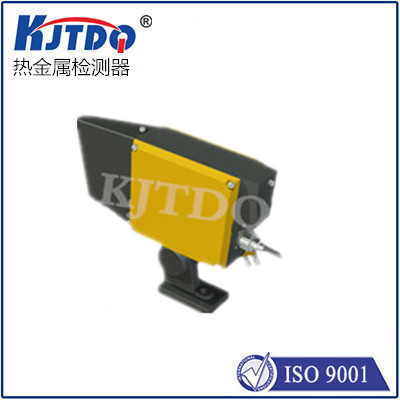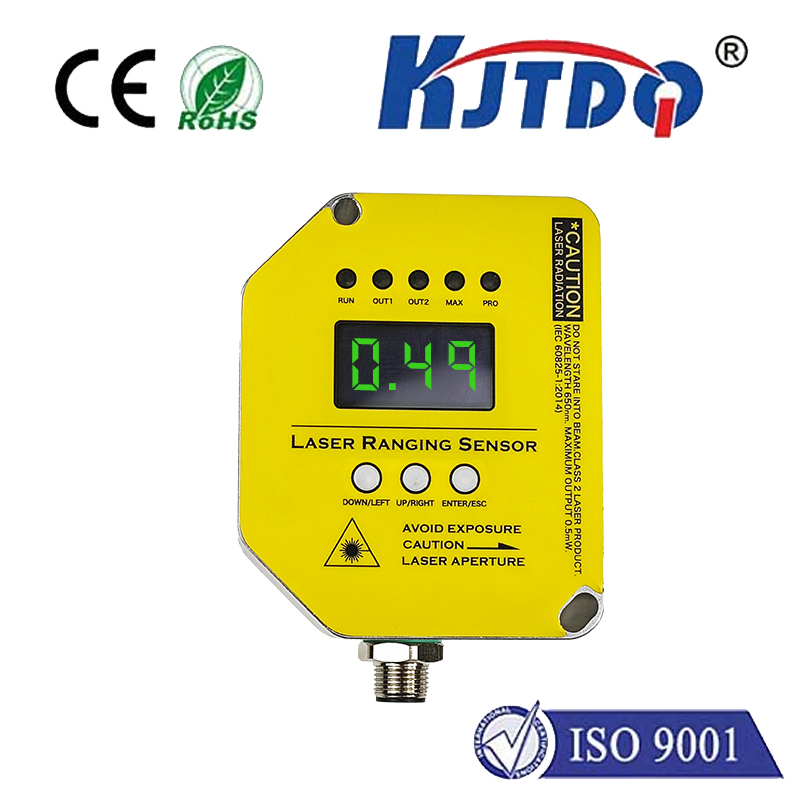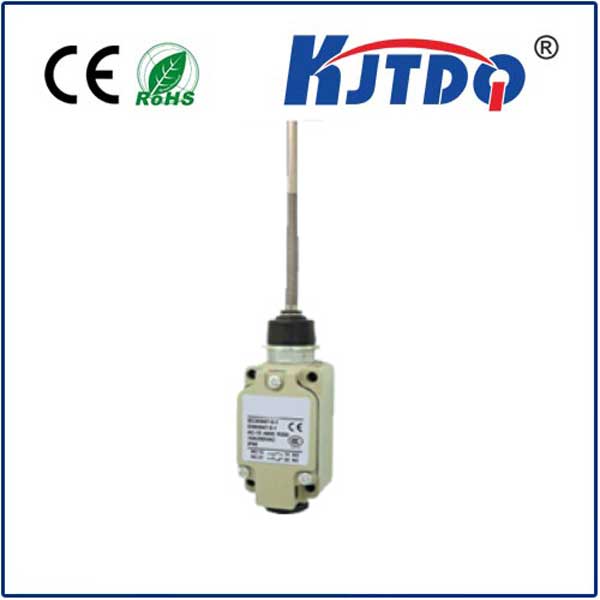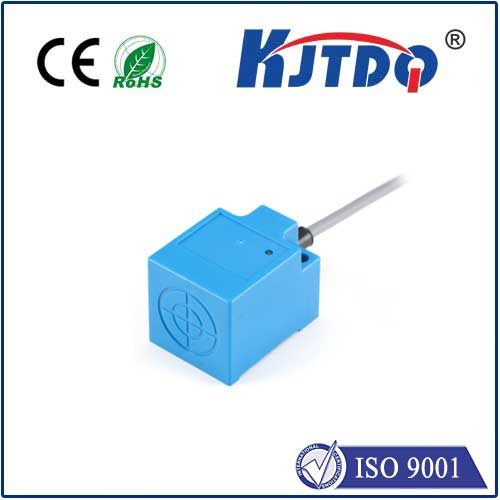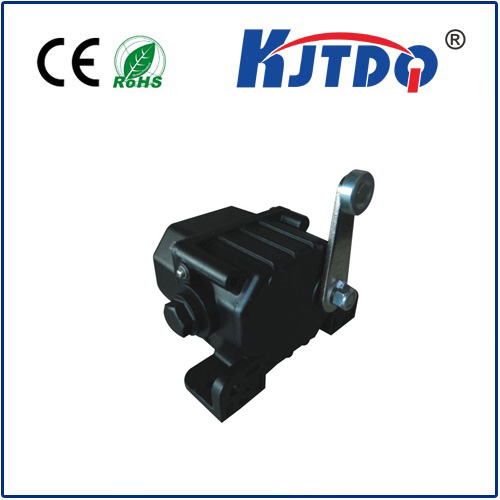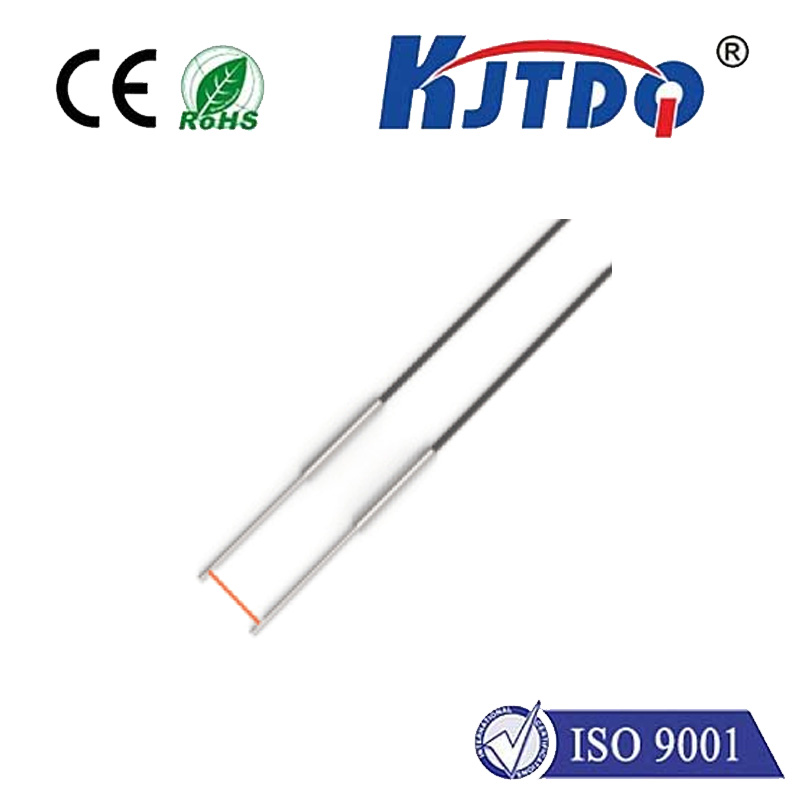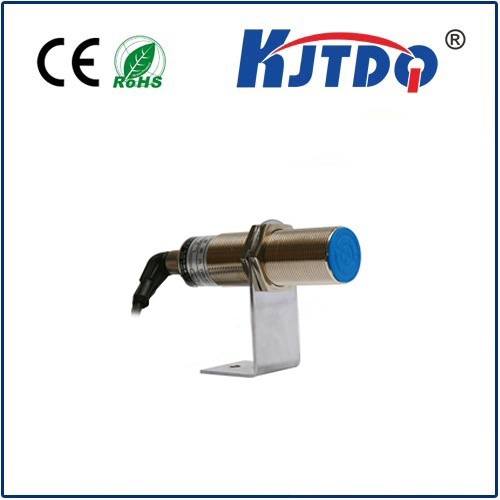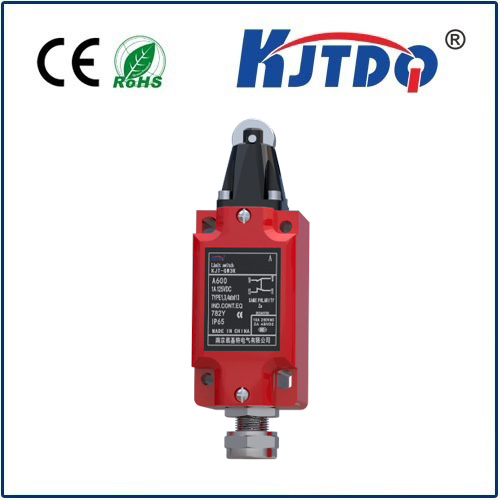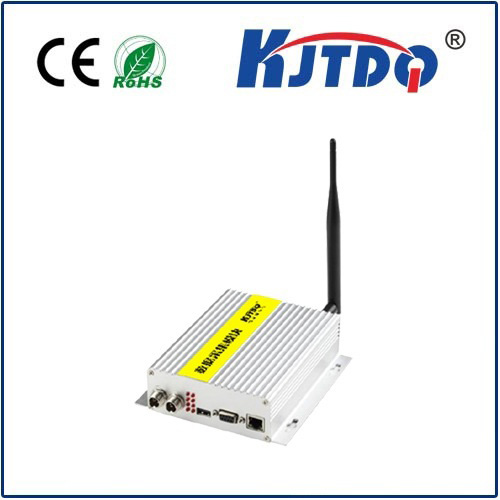Датчик приближения 4мм
- time:2025-09-09 02:20:57
- Нажмите:0
The Mighty Little Detector: Unlocking Precision with 4mm Proximity Sensors
Imagine precisely controlling tiny components on a high-speed assembly line, ensuring delicate robotic arms don’t collide, or guaranteeing a safety door is absolutely closed before machinery powers up. These critical tasks, where millimeters matter and reliability is non-negotiable, are the domain of the Датчик приближения 4мм. Compact, robust, and incredibly accurate within their defined range, these unassuming electronic sentinels are fundamental building blocks in modern automation.
Understanding the “4mm” in Proximity Sensing
The “4mm” designation refers specifically to the sensor’s nominal sensing distance (Sn). This standardized value indicates the theoretical distance at which a standard metal target (typically steel) will be reliably detected under ideal conditions. For a 4mm proximity sensor, this means the sensor is designed to detect an approaching object when it comes within roughly 4mm of its sensing face. This small detection range makes them ideal for applications demanding precision in confined spaces.
How Do 4mm Proximity Sensors Work? (Primarily Inductive)
The vast majority of 4mm proximity sensors utilize inductive sensing technology. Here’s the core principle:

- Internal Oscillator: The sensor contains an oscillator circuit that generates a high-frequency electromagnetic field radiating from its active sensing face.
- Eddy Current Effect: When a metallic target (like steel, aluminum, brass, etc.) enters this electromagnetic field within the 4mm sensing range, eddy currents are induced on the target’s surface.
- Damping Effect: These eddy currents draw energy from the oscillator circuit, causing its amplitude to decrease.
- Detection Circuit: An internal circuit monitors the oscillator’s amplitude or frequency. When the damping effect reaches a specific threshold (signifying a target within the 4mm range), the circuit triggers the sensor’s output state to switch (e.g., from OFF to ON, or vice-versa).
- Output Signal: This switch usually controls a solid-state transistor (NPN or PNP configuration), sending a clean electrical signal to a PLC, controller, or other device, indicating the target’s presence.
The Power of Proximity: Key Advantages
Why choose a proximity sensor, especially one with such a short 4mm range? The benefits are compelling:
- Non-Contact Operation: This is their defining feature. The sensor detects the target without physical touch. This eliminates wear and tear, reduces maintenance, allows high-speed operation, and enables detection through non-metallic barriers (like plastic or glass, depending on sensor type/material).
- High Reliability & Long Life: With no moving parts to wear out (in their solid-state versions), they offer exceptional reliability and longevity, even in millions of operating cycles.
- Fast Response Times: Inductive proximity sensors react incredibly quickly to target presence or absence, making them suitable for high-speed counting and positioning tasks.
- Прочная структура: Typically built in sturdy metal or industrial-grade plastic housings, they withstand harsh environments involving vibration, shock, dust, moisture, oils, and coolants. Look for high Ingress Protection (IP) ratings (like IP67 or IP69K) for demanding conditions.
- Cost-Effectiveness: They offer a reliable sensing solution at a relatively low cost per unit, especially considering their long lifespan.
- Simple Installation & Wiring: Usually requiring just 2 or 3 wires for power and signal, they are straightforward to install and integrate.
Where the 4mm Range Shines: Key Applications
The compact size and specific 4mm sensing distance make these sensors uniquely suited for numerous precision tasks:
- Miniaturized Machinery & Robotics: In tight spaces within small robots or compact assembly machines, 4mm sensors provide essential positional feedback for arms, grippers, slides, and actuators without adding bulk.
- Precision Positioning & End-of-Travel Detection: Verifying that components like cylinders, slides, or clamps have reached their exact end positions within tight tolerances is crucial for process accuracy.
- Small Part Detection & Counting: Reliably detecting tiny metal components (screws, springs, washers, brackets) on conveyors or feeding systems before processing or packaging. Their close range prevents false triggers from unintended nearby objects.
- Safety Interlocks: Ensuring guards, doors, or hatches are fully closed within a very small gap before potentially dangerous machinery can operate.
- Rotary Position Sensing: Detecting teeth, lobes, or flags on small gears or rotating shafts for speed monitoring or angular position determination.
- Punch Press & Stamping: Monitoring die position or verifying blank presence precisely within the press cycle.
Critical Selection Considerations
Choosing the right 4mm proximity sensor involves several factors:
- Target Material: Inductive sensors primarily detect metals, but sensitivity varies. Ferrous metals (like iron, steel) are detected at the full nominal range (4mm). Non-ferrous metals (like aluminum, brass, copper) typically have a reduced sensing distance (often 50-70% of Sn). Check the sensor’s datasheet for correction factors.
- Shielded vs. Unshielded:
- Shielded (Flush Mountable): The sensing field is concentrated more towards the front. This allows them to be mounted flush in metal without interference, making them ideal for tight installations but potentially offering slightly less range than unshielded types.
- Unshielded (Non-Flush Mountable): Have a more extended lateral sensing field. They must be installed with clearance around them (as per datasheet) to avoid false triggering by surrounding metal, but often provide a slightly longer sensing range.
- Output Type (NPN vs. PNP): Determines how the sensor switches relative to the power supply common (0V/ground). Must match the input requirements of the controller (PLC, etc.) it connects to.
- Normally Open (NO) / Normally Closed (NC): Refers to the electrical state when no target is present. Choose based on the required safety logic or circuit design.
- Housing Material & Shape: Cylindrical (M5, M8, M12, M18, M30 are common threads) or block/rectangular styles. Material choice (stainless steel, nickel-plated brass, PBT plastic) impacts chemical resistance and durability.
- Environmental Rating (IP Rating): Critical for resistance to dust, water, oils, washdowns, and temperature extremes. IP67 is common; IP68/IP69K is needed for severe environments or high-pressure cleaning.
- Voltage Rating: Match the sensor’s operating voltage range (e.g., 10-30V DC) to your power supply.
- Connection Type: Cable exit (axial or radial), connector type (M8, M12), or quick-disconnect options.
Installation Tips for Peak Performance
- Respect Mounting Specifications: Pay close attention to shielded vs. unshielded mounting requirements. Improper mounting can drastically reduce actual sensing distance or cause false triggering.
- Minimum Distance: Ensure sufficient clearance between multiple sensors and between sensors and surrounding metal structures (especially for unshielded types) as specified in the datasheet.
- Target Approach: For most consistent results, have the target approach perpendicular to the sensing face.
- Target Size: The target should generally be at least equal to the sensor’s sensing face diameter for reliable detection at the nominal range. Smaller targets reduce the effective range.
- Wiring: Follow manufacturer diagrams carefully for NPN/PNP and NO/NC configurations. Use shielded cable in electrically noisy environments and ground the shield appropriately.
Выводы
The Датчик приближения 4мм is a testament to achieving significant functionality in a compact package. Its ability to provide reliable, non-contact detection within a precise 4mm sensing distance makes it an indispensable component across countless automation, robotics, manufacturing, and safety applications where space is constrained and accuracy

